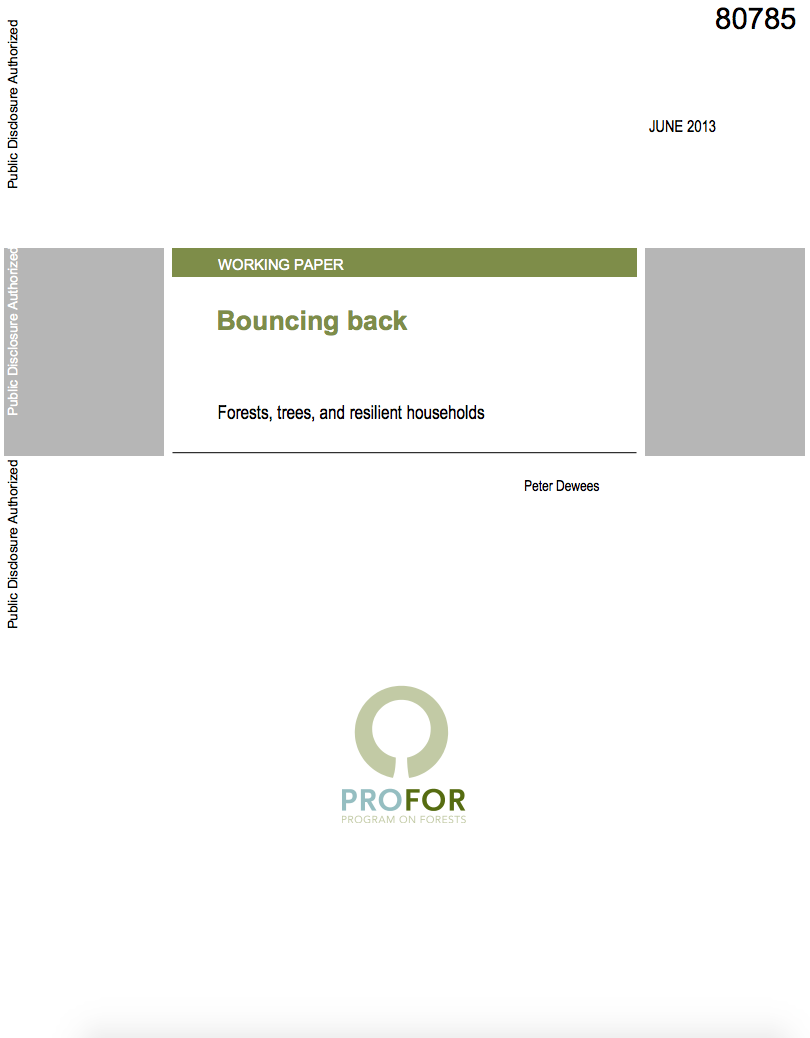Zambia - Commercial Value Chains in Zambian Agriculture : Do Smallholders Benefit?
Agriculture and agroprocessing are
important in Zambia's economy, representing more than
40 percent of gross domestic product (GDP) and contributing
about 12 percent of national export earnings. Agriculture
employs some 67 percent of the labor force and supplies raw
materials to agricultural industries, which account for some
84 percent of manufacturing value-added in the country.
Smallholder agriculture dominates the rural economy. It


